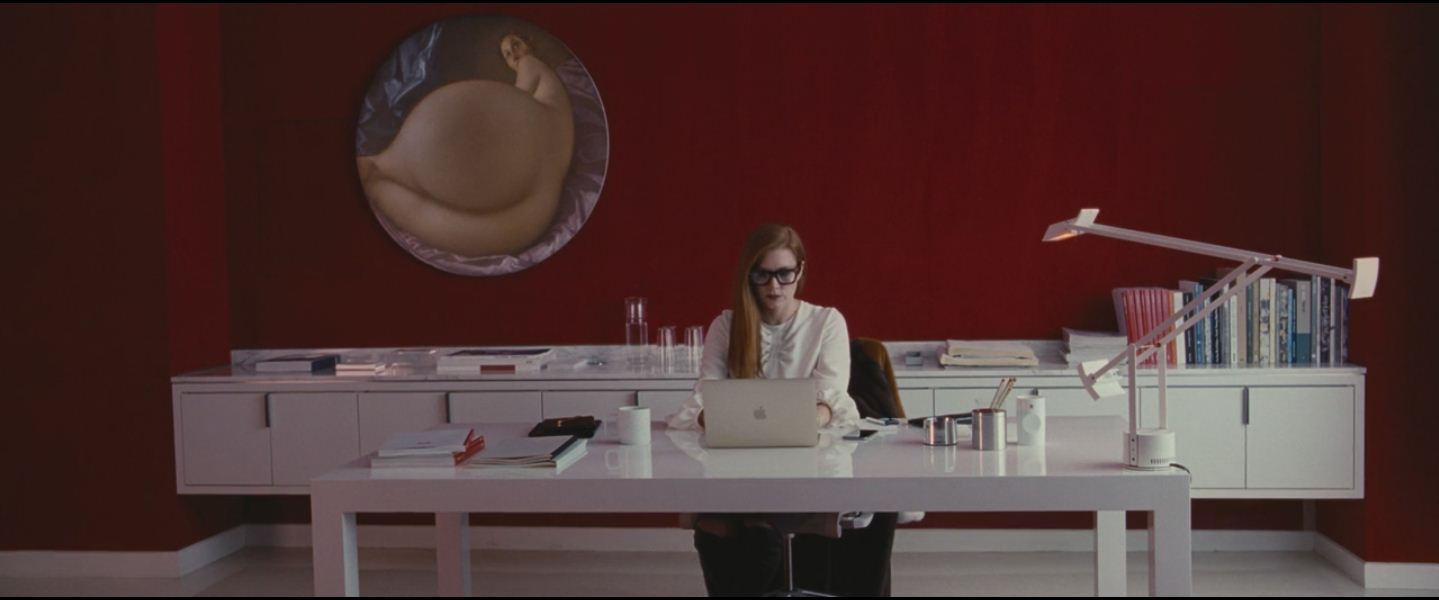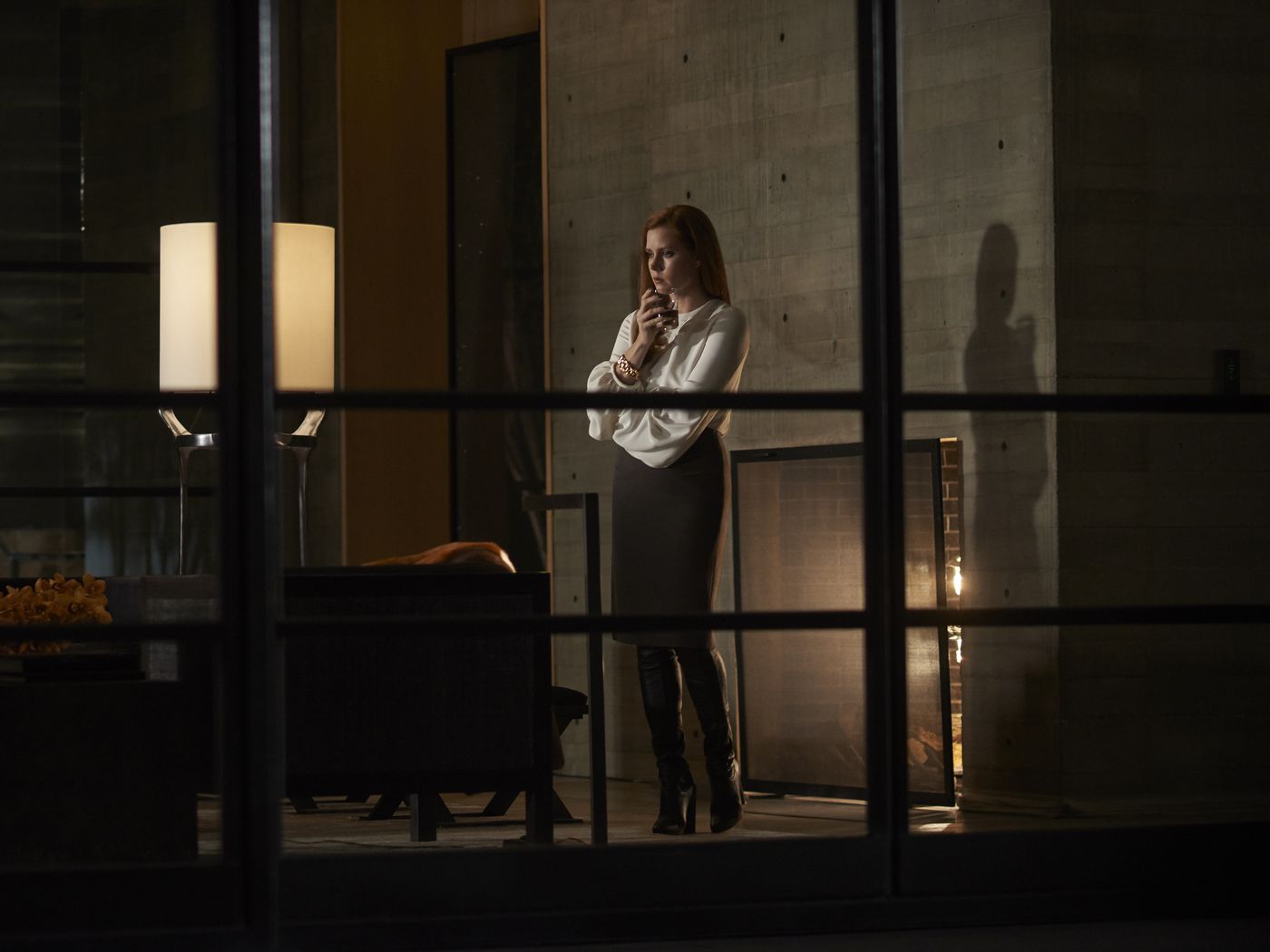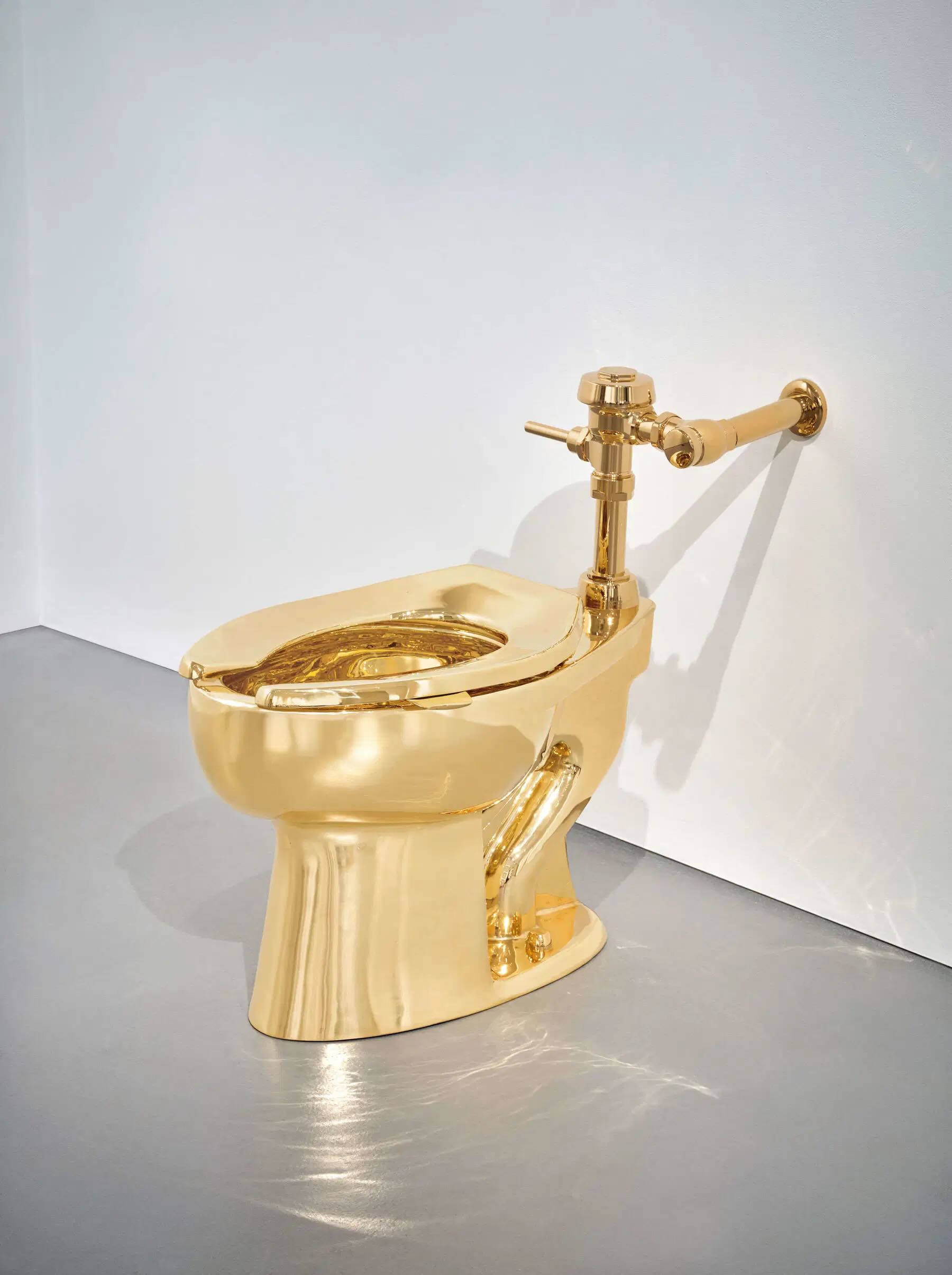When you read "a film by Tom Ford", you already know that the first element that the American fashion designer, director and screenwriter will try to convey to us, is a dimension of "aesthetic joy" typical of his sets, a frame in which the actors act immersed in an elegant mix of atmospheres, colors and furnishings that make up a unique universe, always modern, even when the film is set in the past. Inevitably, Ford's scenarios are intertwined with the tension that arises from his stories, a suspense that can be found in Nocturnal Animals, his 2016 thriller, in which we identify three emblematic interiors of how vintage architecture and furniture are an important inspiration for the world of contemporary art and fashion; Tom Ford's protagonists are like living "total works of art", inhabitants of a world in which their passions, the clothes they wear and the places they live in are inseparable from their essence.

In the elegant studio of Nocturnal Animals main character, Susan Morrow (played by Oscar winner Amy Adams), an established contemporary art gallery owner in Los Angeles, the play of colors conceived by Tom Ford is articulated on a retro type of red: this space immediately gives a perception of avant-garde, essentiality, and personality at the same time. A few colors, cold and warm, are related: the furniture's white, the wall's red and Susan's orange-red hair, which masterfully combines all the shades, harmonizing them with a painting by John Currin affixed to the wall — an artist who, like Tom Ford, loves to evoke the past through unprecedented perspectives. This set suggests a good alternative to the concept of "white cube" used for the display of works of art, not only in galleries and museums, but also in the home: daring with walls colors and transferring the total white on the furniture overturns the traditional scheme for a fun twist: a minimal table, a suspended sideboard — ideal for the office —, adjustable table lamp. A whiteness interrupted by a few transparent vases.

Art is a constant presence in Susan Morrow's existence, which follows her from work to her home: an open space-showcase for works and collectibles, illuminated by natural light. The walls disappear, leaving space to absolute transparency. This concrete and glass house (in reality located in Malibu and designed by Californian architect Scott Mitchell), reminds of the iconic glass houses designed by great American designers of the first half of the 20th century: from the Waterfall House by Frank Lloyd Wright (1939), up to the Farnsworth House by Ludwig Mies Van Der Rohe (1945-51), or the Glass House by Phlip Johnson (1949). The décor, played on the combination of dark furniture combined with large carpets in creamy tones, is a subtle balance between contemporary furnishings and pieces designed by great 20th century authors, an evocation of some of the elements that furnished the aforementioned residences, such as the inevitable Barcelona daybed by Van der Rohe, as well as custom-made bookcases and wardrobes. On the walls, large-format works by modern and contemporary painters and photographers, for a monumental effect.

This is the "warmest" space in the house, and while it maintains a trace of the same austerity that governs the rest of the place (square side tables with metal base and marble top, black leather bed headboard), it remains consistent with the mood which most iconic modernist houses convey, relying on walls made of tailored panels and coverings. In this case, light wood strips convey a reassuring "barn house effect": a rustic element that, in its beige version, takes on a chic decorative value. Bedside tables are illuminated by a made in Italy cult famous in the world, winner of the Compasso d'Oro Prize in 1979: the Atollo table lamp by Vico Magistretti for Oluce, in its very chic black aluminum version.






.png)





